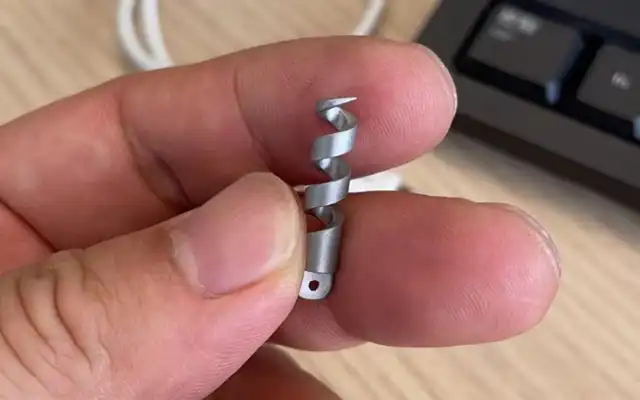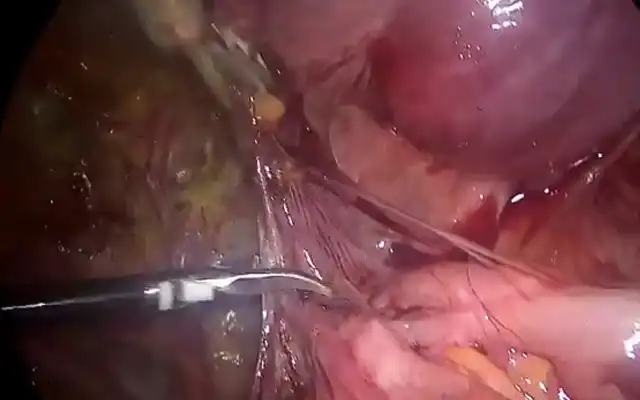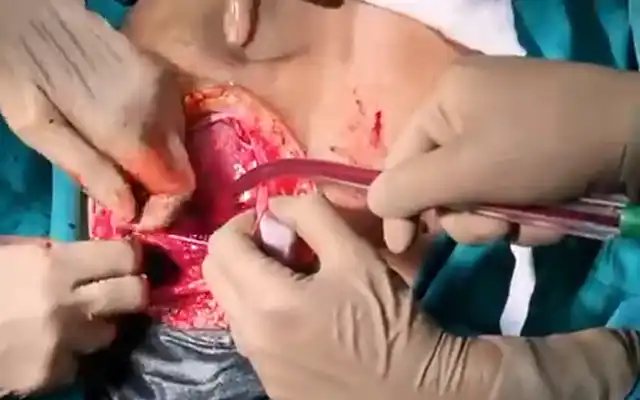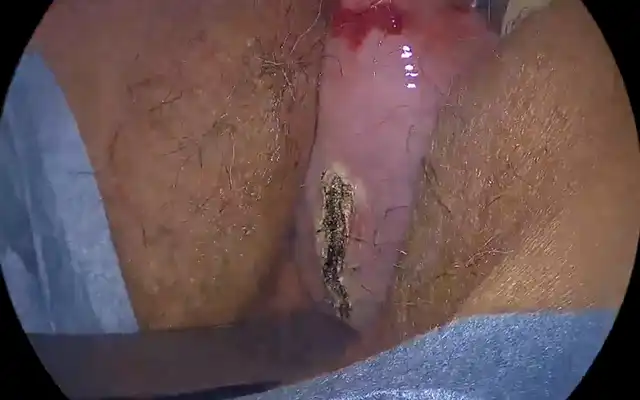Authors / metadata
DOI: 10.36205/trocarvid4.2021002
Video lecture
The author does not retrace the history of Gynecological surgery. MIGS has changed the course of gynecological surgery. Laparoscopy has been defined a revolving revolution. Thirty years after the beginning of this revolution can we define laparoscopy an actual innovation? We should ask herself the question what is an innovation. “Innovation is the practical application of an inspiration” Innovation should bring new benefits to the patient! It should improve the quality of health and care. On the hand of examples, the author tries and explains where MIGS fit in the reality of your daily practice and what techniques have been adopted by the general community of gynae surgeons. In surgery the application of new techniques is slower that in the community at large because surgeons have to be convinced of the benefits for our patients but above all of the safety of the newer technique replacing the known one. A learning curve is necessary. This is the reason why a number of the many new techniques introduced have not been accepted. We have to look at the S-shaped diffusion curve (the three phases of growth in any new technological innovation) We can do that on the hand by the number of the patents, for new products, along with the number of scientific articles on the same subject. This lecture illustrates this by looking at i.e., laparoscopic hysterectomy, vNOTES, SILS and the adaptation of the new techniques by different hospitals and patient groups. The conclusion is that “The future ain’t what it used to be”
Factors that will shape the future of laparoscopy are:
- Intrinsic factors (physics, optics, electronics…)
- External factors (non-technical), costs, societal issues.
- Changing nature of gynaecologic disease.
- Developments in other medical fields.
Conclusion
Surgeons have to realise that: 1) Laparoscopy has not changed the nature of disease 2) The basic principles of good surgery still apply (appropriated case selection, excellent exposure, high technical expertise) 3) If a procedure does not make sense with conventional access, it will make no sense with a minimal access approach. The future and main advantage of MIGS lays in reducing the surgical trauma also by using the vagina a port to retrieve specimen. What is needed is to promote Academic Laparoscopy Training Programs to train as many gynaecologists as possible in MIGS by installing MIGS research and clinical trials.
This boils down in 1) Quality improvement in initiatives (i.e., incentives for referrals to higher-volume laparoscopic units) 2) Improving access for quality gynaecologic surgical care for all women, irrespective of age, comorbidities, race or payer status 3) Generating high quality evidence evaluating new technologies and utilization of evidence guided practice.



